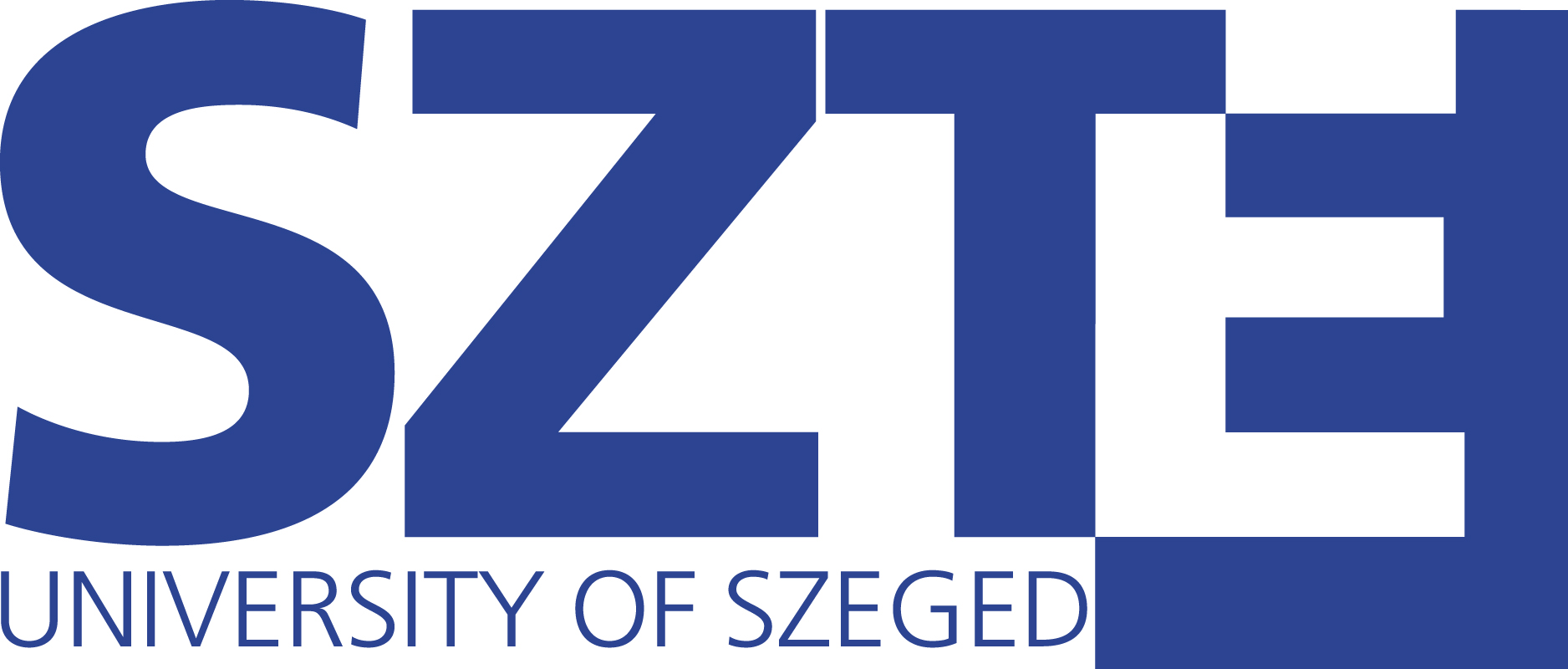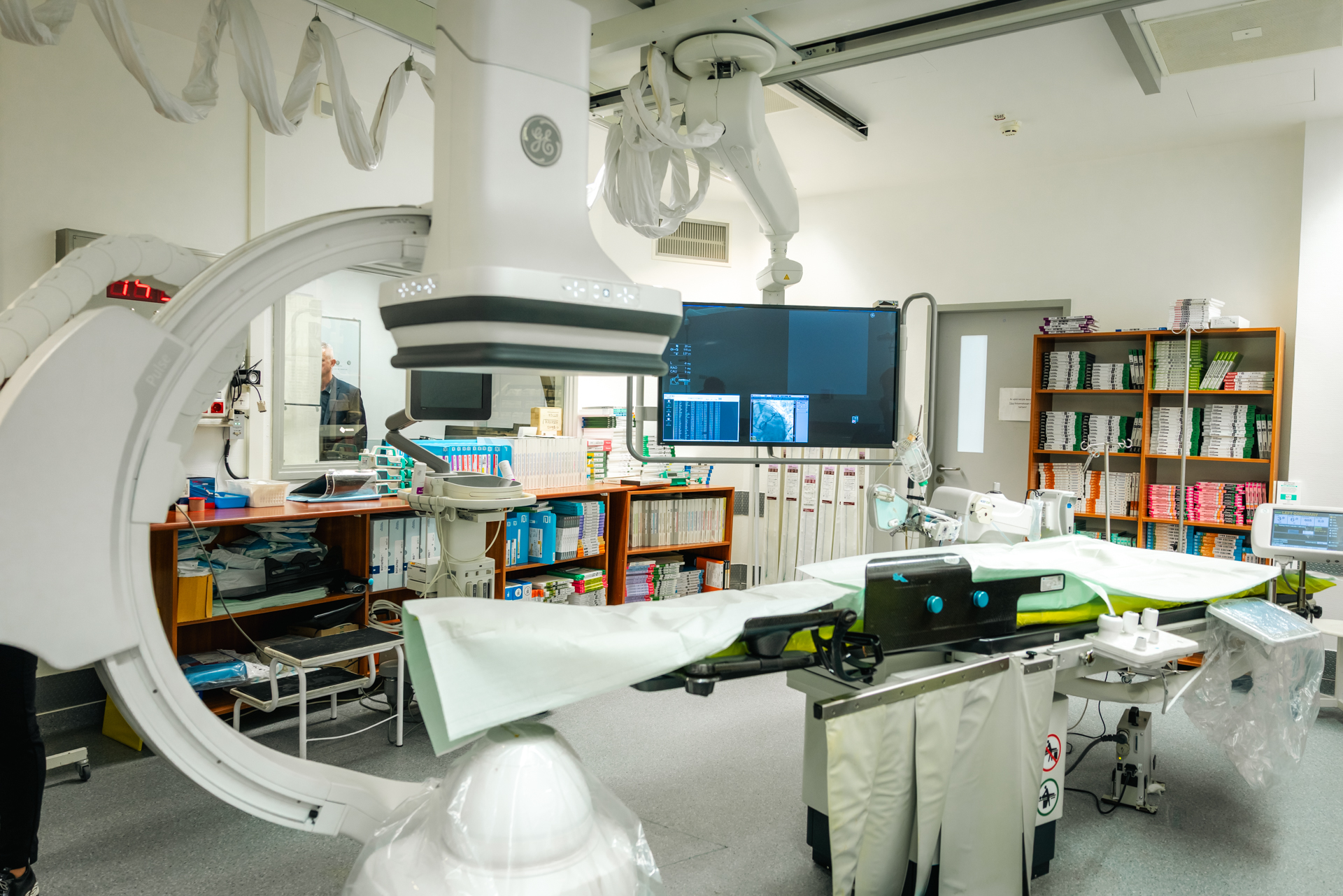
Following an investment of nearly HUF 300 million, one of the cardiac catheterization laboratories at the Cardiology Center of the Albert Szent‑Györgyi Clinical Center, University of Szeged (SZTE SZAKK), has undergone a major upgrade. Now equipped with cutting-edge technology, the facility enables faster and more effective treatment of coronary artery disease than ever before. The newly installed system – the first of its kind to be put into operation in Central and Eastern Europe – is already in use in Szeged, bringing world-class care to the region. The ceremonial commissioning event, held on March 25, was attended by Prof. Dr. László Rovó, rector of SZTE; Dr. Judit Fendler, chancellor of SZTE; Prof. Dr. Tamás Szili‑Török, head of the SZTE SZAKK Cardiology Center; Dr. Zoltán Ruzsa, associate professor and head of the Division of Invasive Cardiology; and Prof. Dr. Csaba Lengyel, president of SZTE SZAKK.
Prof. Dr. László Rovó: “The University of Szeged stands out for its professional excellence both in Hungary and internationally.”
“In recent years, large-scale development projects have become a hallmark of the University of Szeged – not only in healthcare, but across many other areas of the institution as well. These initiatives are typically supported by government funding, EU resources, or, increasingly, the university’s own funds,” Prof. Dr. László Rovó, rector of the University of Szeged, emphasized at the official commissioning of SZTE’s new cardiac catheterization lab. He added that this latest development embodies all four of the university’s core pillars: education, research, patient care, and service to the community.
“When I assumed the role of rector, I was convinced that the University of Szeged could only stay in step with international trends by becoming more outward-facing. No matter how rich its past may be, the university’s future depends on the professionals who actively shape it. That is why I consider it a major accomplishment that, following extensive discussions, we reached an agreement with Prof. Dr. Tamás Szili‑Török – an agreement that now allows us to deliver world-class care in this critically important field,” the rector remarked.
The rector went on to stress that the University of Szeged fully backs any development initiative that embodies its four core pillars and drives progress in patient care and the evolution of healthcare institutions.
“The transition to the new university model has granted us access to additional financial resources that enable us to realize these projects as part of our institutional responsibilities,” the rector said, adding that this mindset is one the university actively seeks to extend to other domains – particularly in the modernization of healthcare facilities – to ensure they meet the highest international standards.
“The University of Szeged stands out for its professional excellence both in Hungary and internationally,” Prof. Dr. László Rovó concluded.
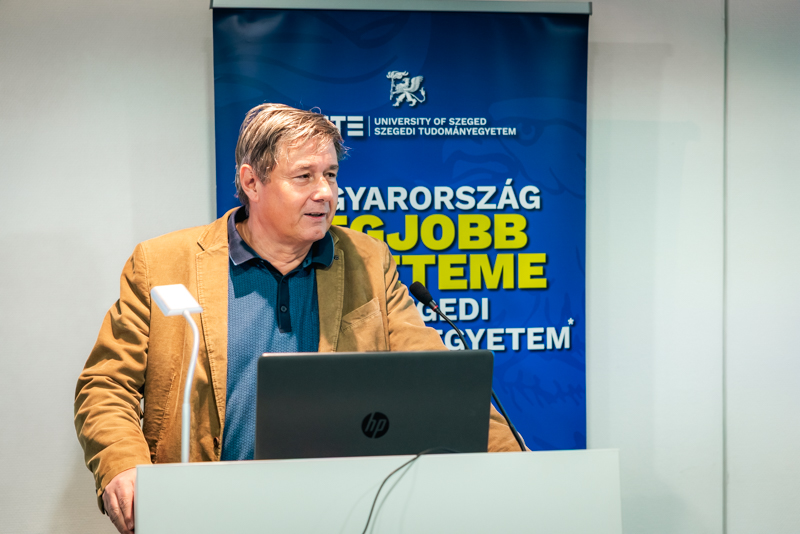
Prof. Dr. László Rovó
Photo by István Sahin-Tóth
Prof. Dr. Tamás Szili‑Török: “Our goal is to reestablish Szeged’s position as a leader in cardiology.”
Prof. Dr. Tamás Szili-Török has been leading the Cardiology Center at the Albert Szent‑Györgyi Clinical Center (SZTE SZAKK) since 2023. Before taking up his current role, he spent twenty years at Erasmus University Medical Center in Rotterdam, one of the top institutions in the Netherlands.
“It meant a great deal to me that the university’s management offered their full support as I was planning my return,” he said. “They assured me that the University of Szeged is a place where anyone with a clear vision and determination can to turn their plans into reality. That promise – especially meaningful to me as a native of Szeged – convinced me that returning home was the right decision, even after so many years abroad.”
Prof. Szili-Török described the opening of the newly upgraded cath lab as a major milestone for the Cardiology Center, stating:
“This development not only improves our working conditions, but also paves the way for new opportunities to further enhance the quality of patient care. I believe it is especially important that we remain committed to delivering consistent, high-level treatment.”
Prof. Szili‑Török explained that the team has been working for nearly two years to develop a robust medium- and long-term strategy to reestablish Szeged’s position as a leader in cardiology – initially within the region, then nationally, and ultimately across Europe.
The newly commissioned, modernized laboratory represents a significant step forward in the treatment of coronary artery disease, structural heart conditions, and peripheral vascular disease. Delivering care in these complex areas requires not only cutting-edge, reliable technology, but also a high level of professional expertise. As Prof. Szili‑Török pointed out, “This level of expertise has always been a defining strength of the cardiology team. Under the leadership of Dr. Zoltán Ruzsa, they continue to deliver care that meets international standards, while faithfully carrying forward the legacy of those who came before them.”
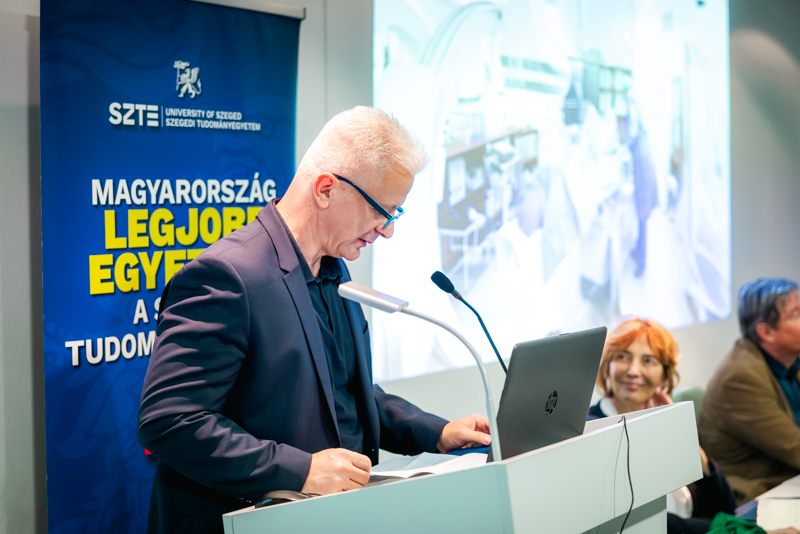
Prof. Dr. Tamás Szili‑Török
Photo by István Sahin‑Tóth
Dr. Zoltán Ruzsa: “This new equipment marks a major step forward in the field of cardiovascular interventions.”
Dr. Zoltán Ruzsa, associate professor and head of the Division of Invasive Cardiology at SZTE SZAKK, explained that the newly installed Allia IGS 5 PULSE system represents a significant advancement over previous technologies, as it enables high-quality imaging of all anatomical regions using a single platform. He further noted that his team is currently the only cardiology unit in Hungary capable of performing structural heart interventions, coronary procedures, stroke treatments, and peripheral vascular interventions – all within a single division.
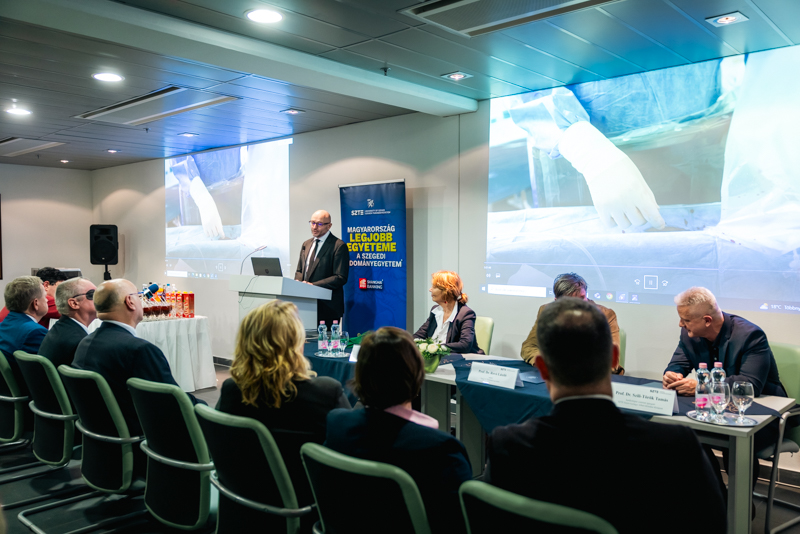
Dr. Zoltán Ruzsa delivering his speech
Photo by István Sahin‑Tóth
According to Dr. Zoltán Ruzsa, the acquisition of the new system goes beyond a routine imaging upgrade – it brings a series of innovations that significantly improve the efficiency of both diagnostics and therapeutic procedures:
Dr. Ruzsa emphasized that the system is not only groundbreaking from a technological standpoint, but also significantly enhances the quality of patient care.
 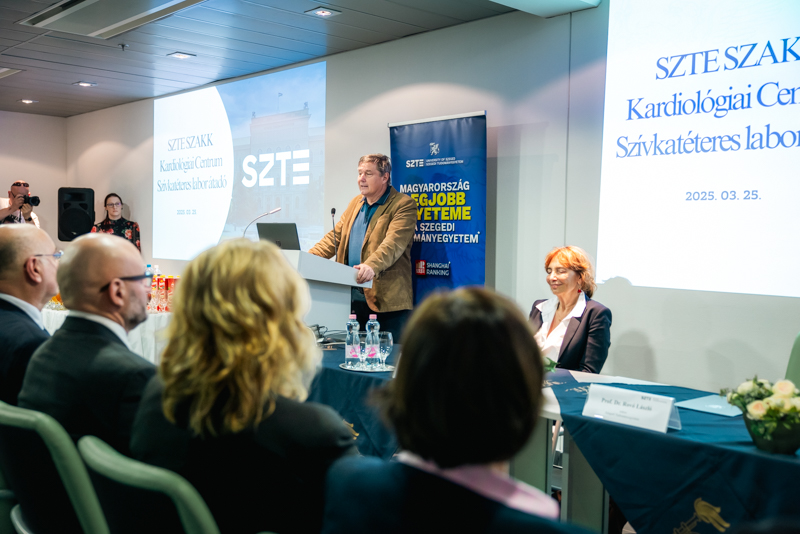 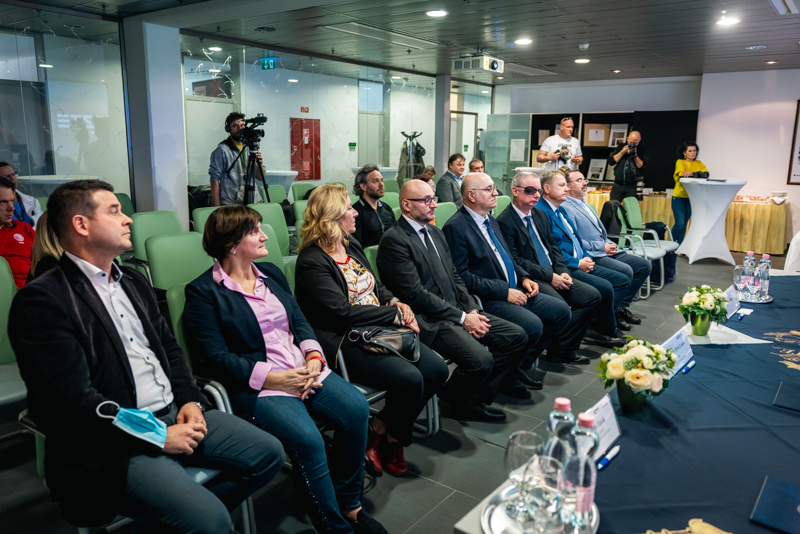 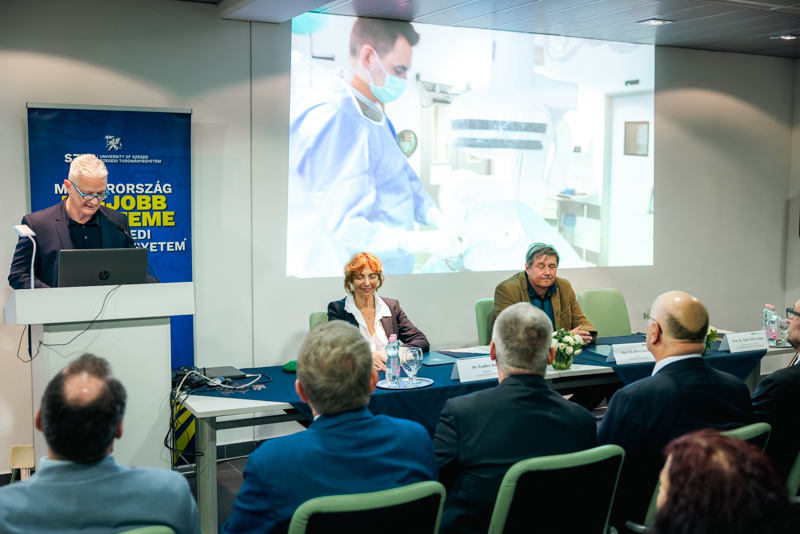 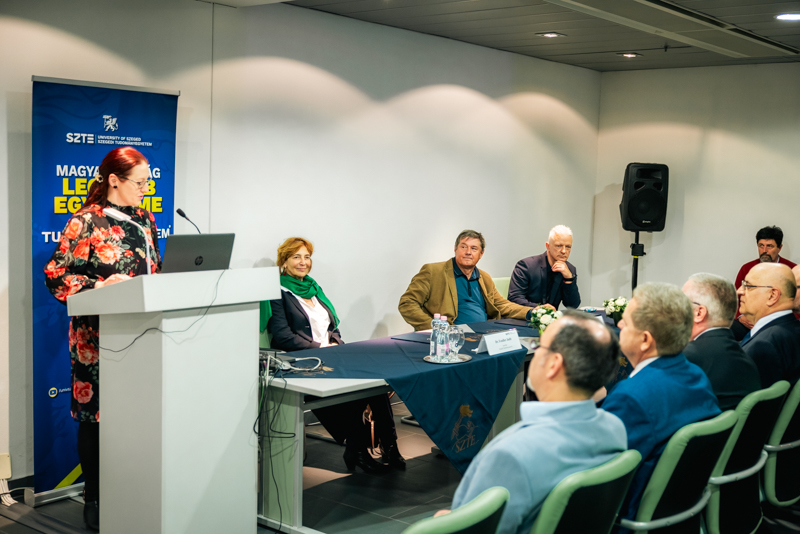 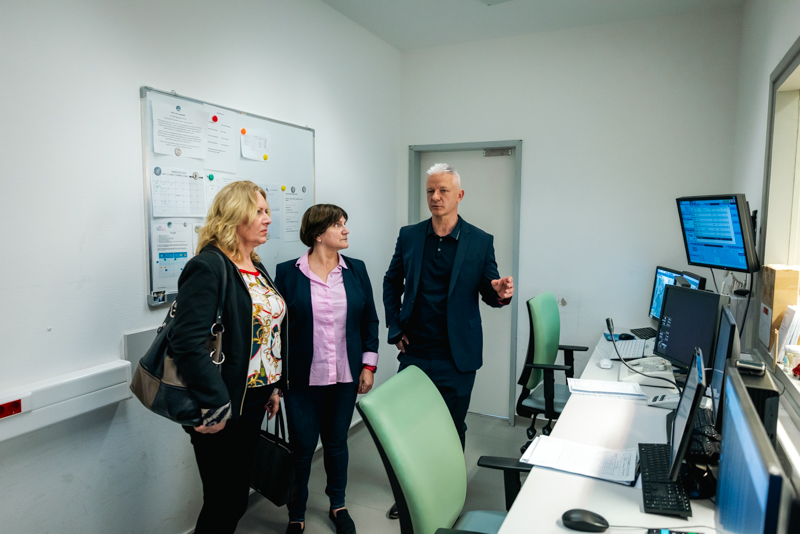 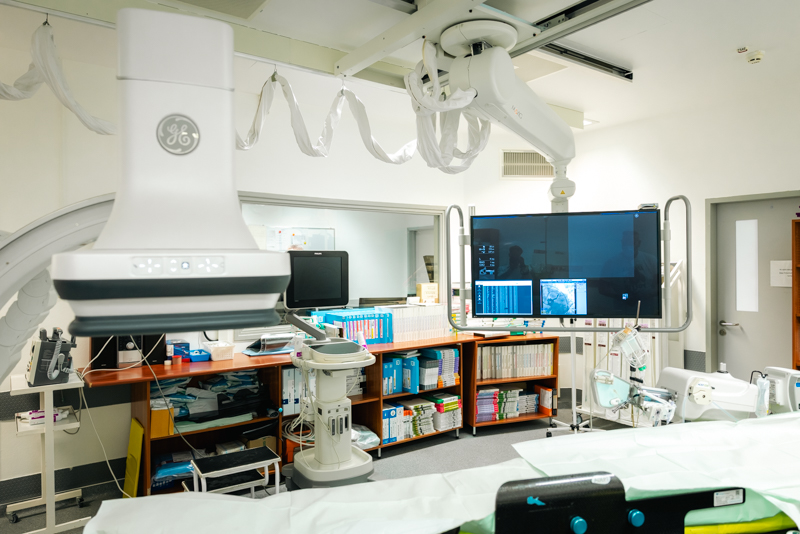 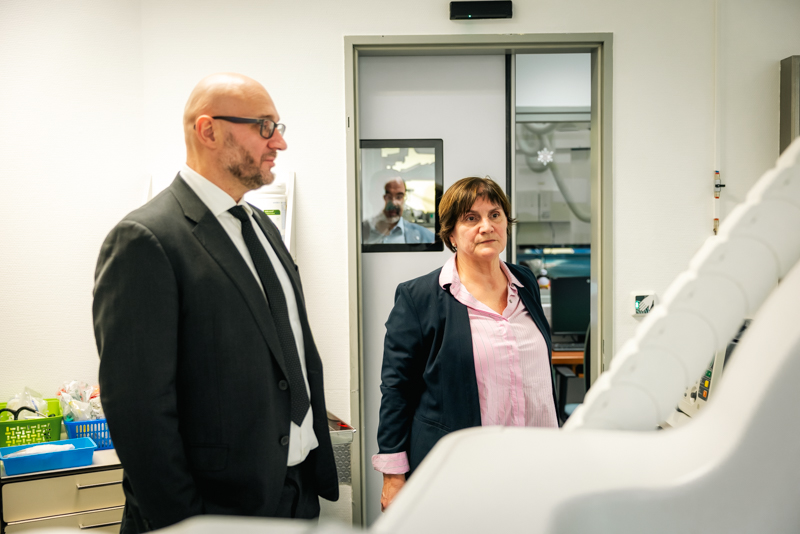 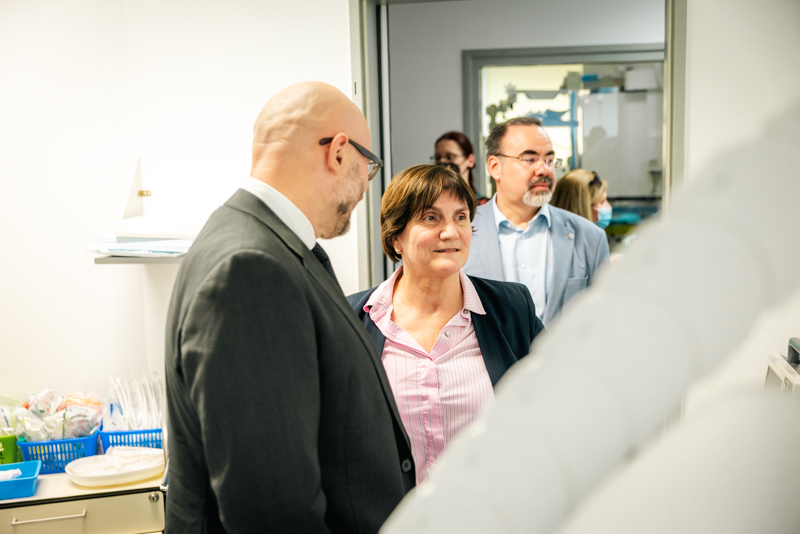 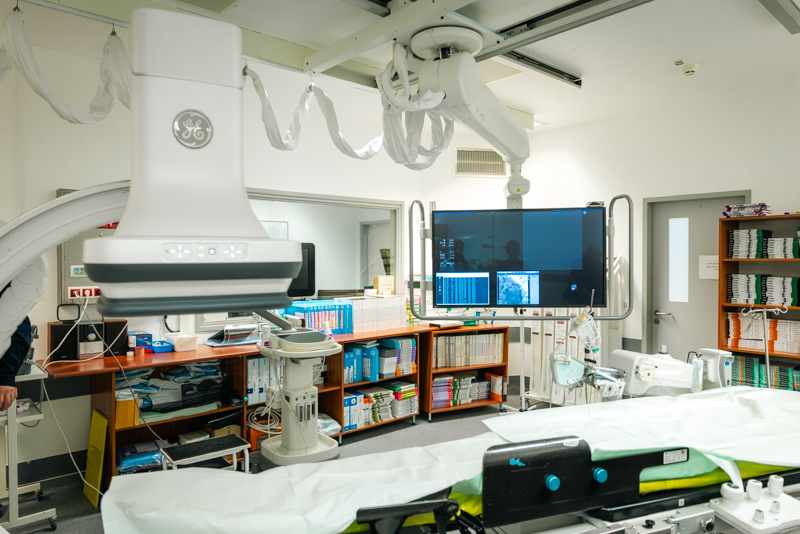 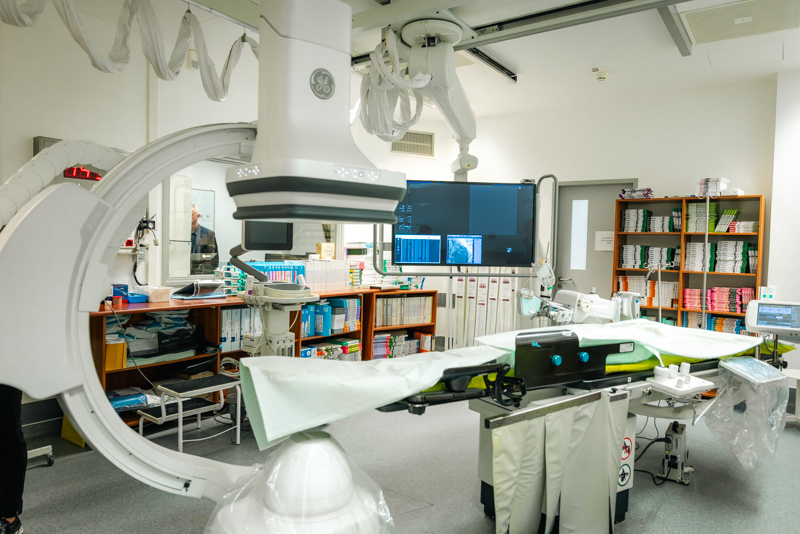 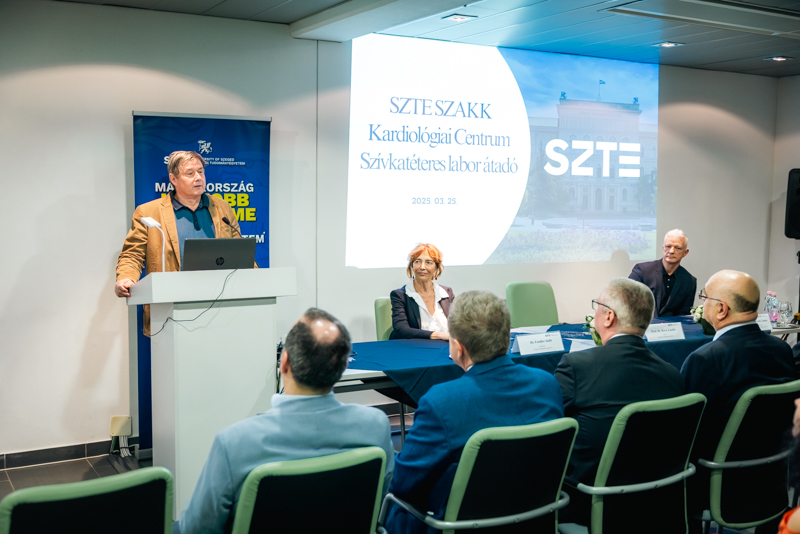 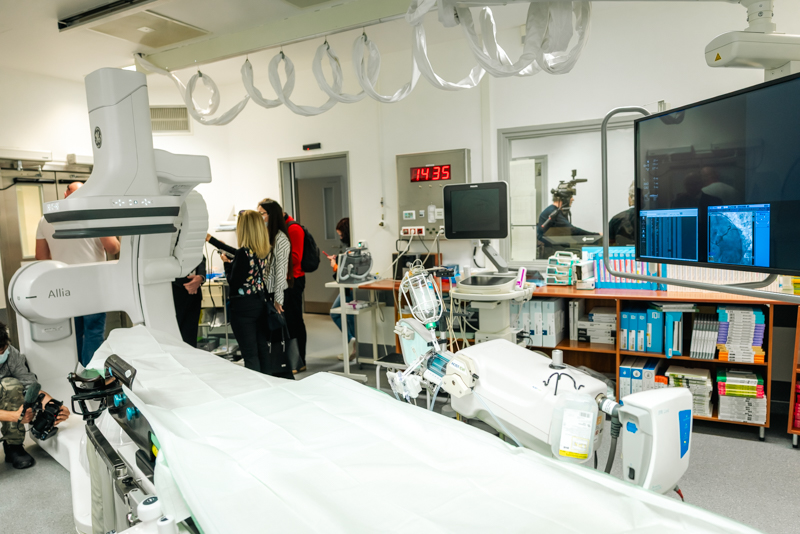 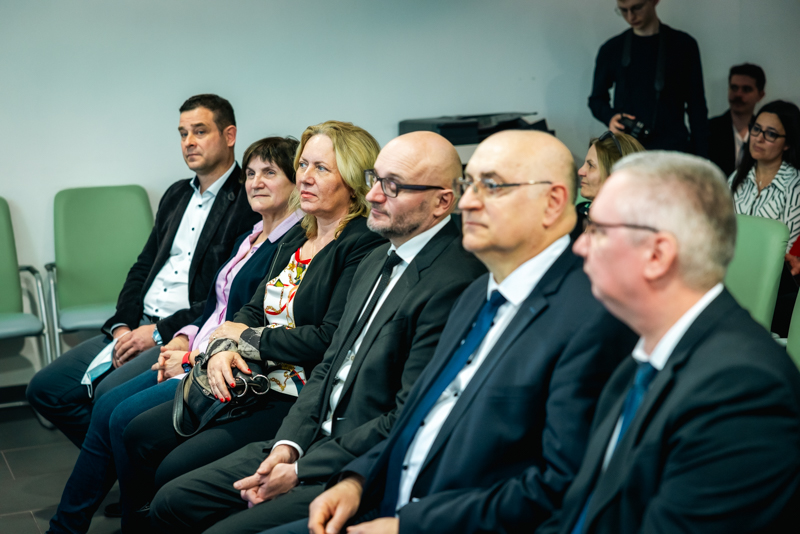 |
| Gallery: Modernized cardiac catheterization lab officially commissioned at SZTE’s Cardiology Center. Photos by István Sahin‑Tóth |
Original Hungarian article by Tímea Fülöp
Feature photo: Modernized cardiac catheterization lab at SZTE’s Cardiology Center
Photo by István Sahin‑Tóth
